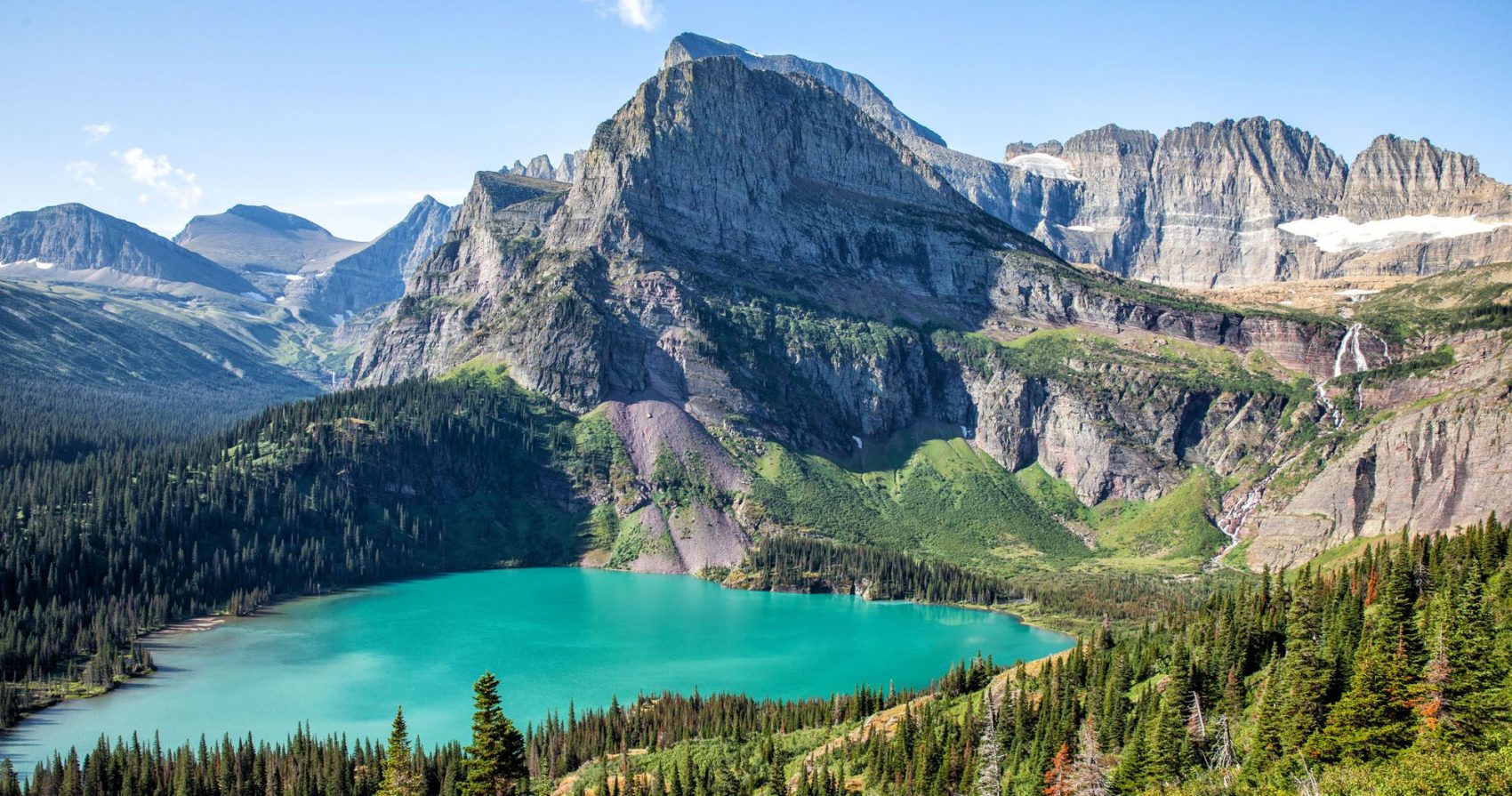
Glacier National Park, located in Northern Montana along the Canadian border, is losing its namesake feature fast. That’s right, the park’s glaciers have lost nearly 80% of their size in the last 50 years, and the outlook is not promising.
Glacier National Park is the 12th largest national park in the United States and is just over 1 million acres. The park was given its national park status in 1910 and hosts over 3 million visitors annually. When the park was founded, it contained over 100 glaciers covering 25 acres, however that number has dropped to roughly a quarter in recent years. While an original estimate that all glaciers would be gone by 2020 proved wrong, the future still looks bleak.

What may be the cause you may ask? Scientist point to rising global temperatures as having the most significant impact on glacial melt. Glacier National Park, and more specifically northern Montana, is warming at an alarming rate. While global temperatures have risen 1.5 degrees Fahrenheit, Glacier National park is warming at almost double the rate. This phenomenon isn’t just affecting Glacier National Park. All over the World, glacial melt is increasing, causing concern for the surrounding environment now and into the future.
Glaciers and the fresh water they provide have a significant on humans and animals. Fresh water provided by seasonal glacial melt provides drinking water, water for crops, and power hydroelectric dams for humans. For animals, the fresh water is again a source of drinking water, and ensures their environment is cool, balanced, and habitable.
The park recently announced a campaign to bring awareness to the issue. Park officials have started a Twitter campaign using the hashtag #GlacierMovingForward to ask the public to weigh in on how Glacier National Park can move into the future sustainably, while maintaining its namesake feature.
